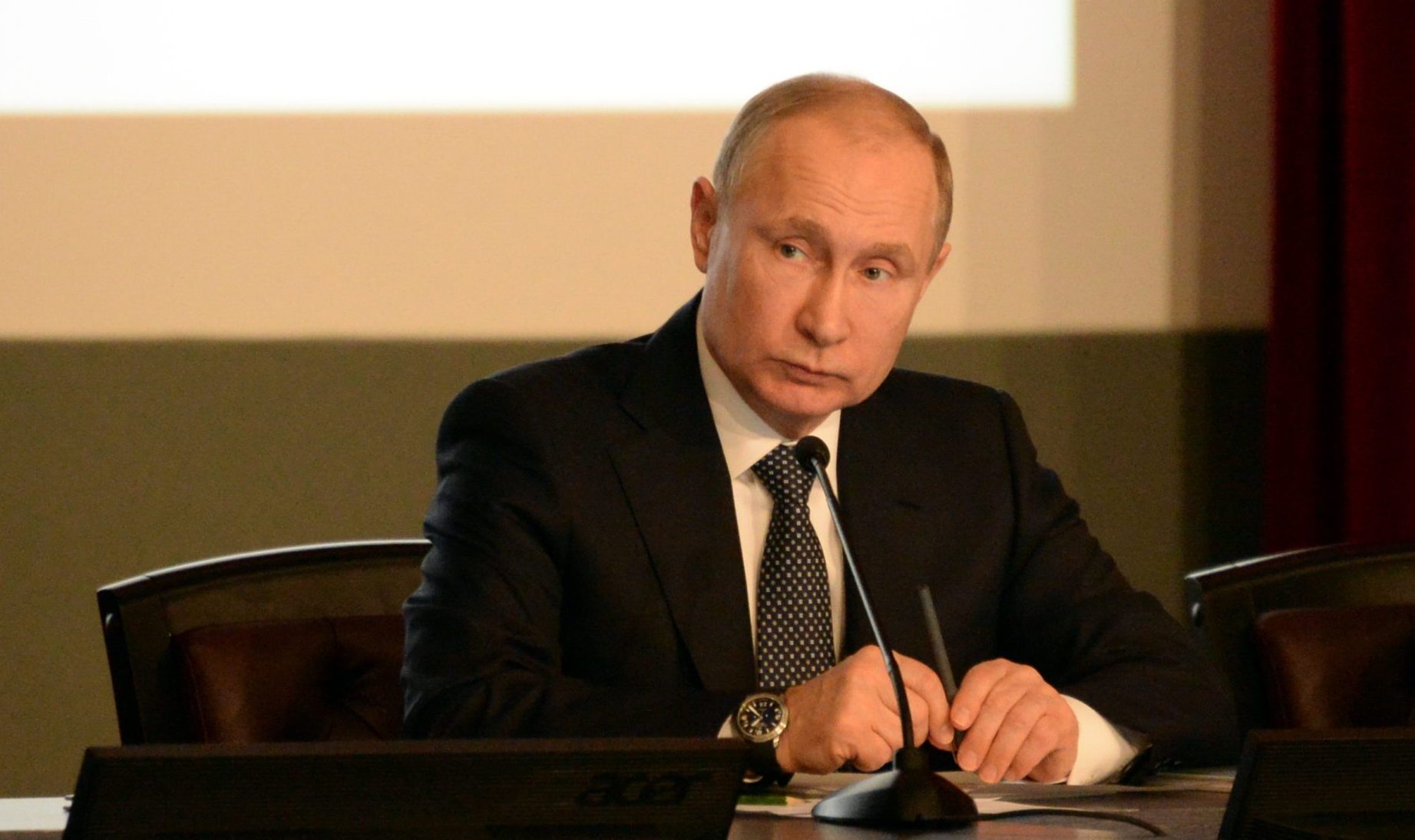Stalin’s Willing Executioners
It often seems as if humanity’s seven-decade struggle with Communism has disappeared down the memory hole. While Nazis in glistening black leather remain our culture’s omnipresent exemplars of evil, Communists are apparently too dowdy to bother remembering.
A few filmmakers have begun to dissent, however. Florian Henckel von Donnersmarck’s superb drama about the East German secret police, “The Lives of Others,” won the 2006 Best Foreign Film Oscar and ran for a half-year in American art houses.
In Warsaw on Sept. 17, 2007, director Andrzej Wajda, recipient of a Lifetime Achievement Oscar, premiered “Katyn,” his long-awaited epic about the 1940 Soviet decapitation of the Polish nation in which his cavalry officer father had perished. The 82-year-old cinema legend reminisced, “I can’t really talk about him, except to say that he was my ideal and that he died at the age when I needed him the most.” The mass murder’s cover-up lasted a half-century in Soviet-run Poland: not until 1989 was Wajda free to inscribe the year of his father’s death on his tombstone.
A blockbuster in Poland, “Katyn” earned a Best Foreign Film nomination here. It hasn’t, though, found an American distributor. Fortunately, you can buy the Polish DVD on eBay for $25. (Look for “English subtitles” and “Region Zero.”)
“Katyn” begins Sept. 17, 1939, as Polish civilians flee eastward over a bridge from the invading Germans—only to collide with countrymen running westward from the Soviets, who, following the Hitler-Stalin pact that August, were grabbing their share of Poland.
The overwhelmed Polish forces surrender to their fellow Slavs, who send most of the enlisted men home. When the wife of a captured captain locates him awaiting shipment east and begs him to escape with her, he responds, with that fatalistic sense of honor that is the outstanding feature of the Polish character, that his pledge binds him to his brother officers. “Katyn” follows the cavalry captain into a Soviet POW camp inside a defiled Orthodox church and tells of the women who longed for him to come home and of the postwar hoax.
Because all Polish college graduates were commissioned as reserve officers, the Communists found themselves in possession of Poland’s natural leaders, the men who would not abide a Poland ruled by Soviet stooges. On March 5, 1940, Beria, boss of the NKVD secret police, sent Stalin a memo recommending extermination of the Polish POW’s. The NKVD methodically shot 22,000 in the back of the head and dumped most of the bodies in trenches in the Katyn Forest.
In 1943, the German army stumbled upon the mass grave. In perhaps the ultimate example of the pot calling the kettle black, Goebbels launched a propaganda campaign over the atrocity. In turn, Stalin used the outrage expressed by the legitimate Polish government-in-exile in London to accuse them of collaborating with the Nazis, justifying him in imposing his own Polish puppet regime.
FDR and Churchill acquiesced in the Soviet claim that the Nazis had killed the Polish officers during their 1941 attack on Russia, making gravestones with a date of “1940” politically incorrect in Poland until the fall of the Berlin Wall.
The Germans were doing the same in their half of Poland: “Katyn” depicts the Nazis arresting 144 college professors, including the captain’s father, at Krakow’s Jagiellonian University—incidentally putting young Karol Wojtyla, the future pope, out on the street.
Echoing Solzhenitsyn, Wajda extols remembrance: “The best remedy for political and social problems is to show them and to speak truly about them.” In contrast, the Kremlin shut down its Katyn investigation in 2005 without prosecuting any perpetrators. KGB alumnus Vladimir Putin classified as secret 116 volumes of findings.
“Katyn” is an effective, moving film comparable to “The Pianist,” the celebrated 2002 Holocaust film by Wajda’s old colleague Roman Polanski. Americans will find “Katyn” more comprehensible on DVD than if it had run in the theaters. Wajda perfected his craft under Communist censorship, so his storytelling is implicit—he assumes that his audience knows enough Polish history to fill in his gaps. Luckily, by pausing the DVD periodically to talk it over, we can sort out the large cast of rather similar-looking Poles and distinguish the slight differences in color of the Polish, Soviet, and German officers’ greatcoats.
As Stalin noted, “A single death is a tragedy; a million deaths is a statistic.” Thanks to “Katyn,” the deaths of these 22,000 Poles aren’t a statistic anymore.
The rating would be PG-13.
